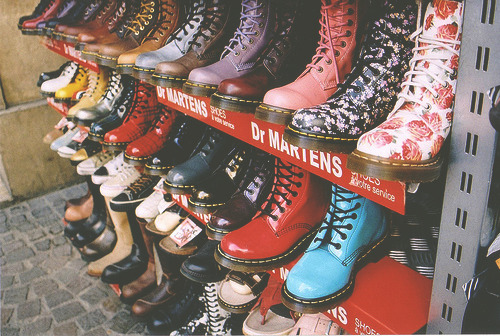Christian Louboutins are considered hot, fashionable, and luxurious. Emphasis on hot. And high.
Christan Louboutin, the French designer, was inspired to make these shoes when he was twelve years old, when he was first exposed to Parisian nightlife. Unlike many other boys his age, Christian Louboutin was not enthralled by the drinking, dancing, or socialization cultures, but by ravishing showgirl shoes! Louboutin decided to pursue a career in fashion and design, and by age 28 he successfully launched his first shoe line. Very soon after the launch, Christian Louboutin's brand exploded and revolutionized the fashion industry forever. He can thank Princess Caroline of Monaco's enthusiasm as well as the influential fashion journalist documenting the princess' avidity.
These sleek, sexy, red-soled pumps were, and still are rendered the epitome of opulence and high fashion, desired by the most affluent fashionistas in the world. Many of these women include superstars such as Elizabeth Taylor, Angelina Jolie, and Gwenyth Paltrow.
But what makes them so special? First of all, their signature red soles have made them recognizable to anyone who knows anything about the fashion world. This recognition makes the shoes appealing in a way that goes beyond aesthetics. They have evolved into a symbol of status, power and confidence. Oh, and they have a great sex appeal.
Louboutin has been successful in marketing this tantalizing footwear. He has a very large population acting as his target audience and he has only found more ways in increasing it. From the bridal shoes he came out with to Barbie, Louboutin edition, he is expanding his clientele as well as increasing his company's net income.
My analysis of Christian Louboutins and their cultural influences goes into more depth in the discussions regarding their history, appeal, and the ravishing women who wear them.








